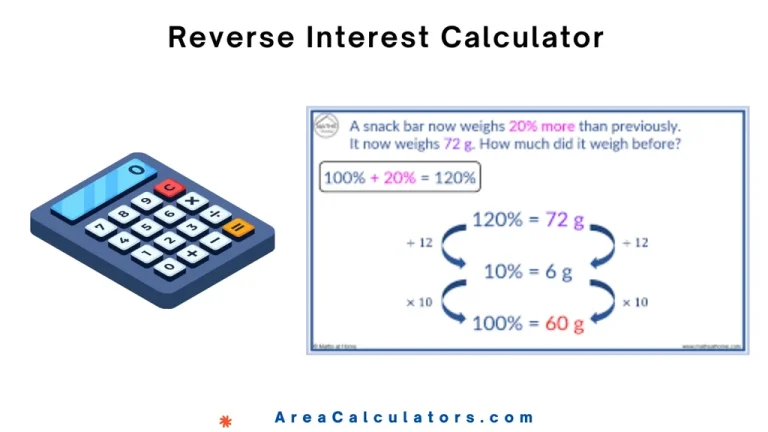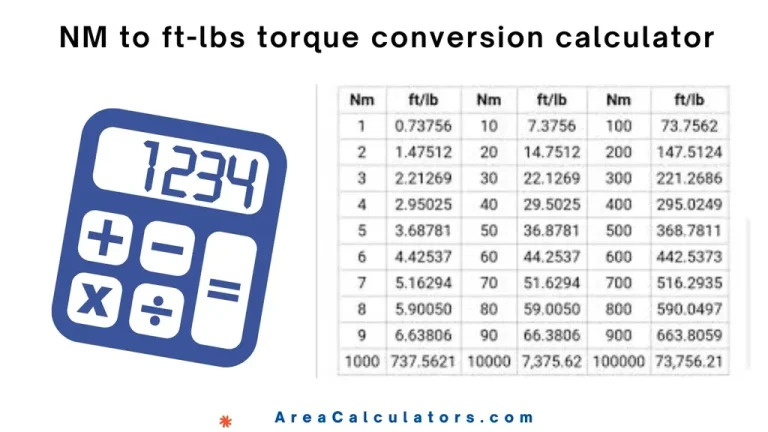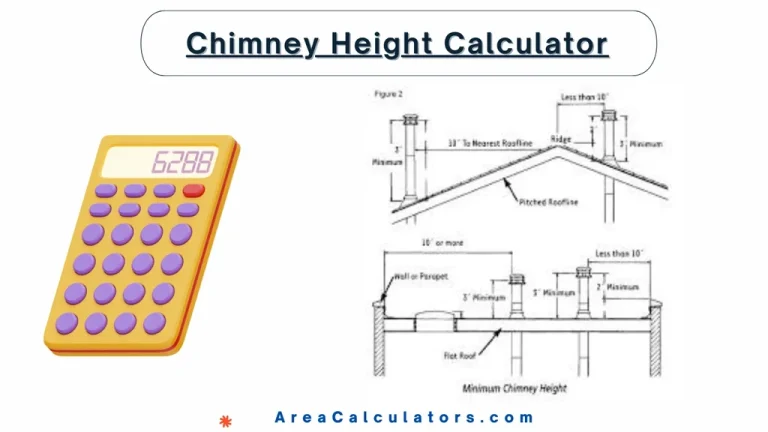Jumping Jack Calorie Calculator
To estimate calories burned by doing jumping jacks, multiply the duration in minutes by 12, multiply by your body weight, and then divide by 150.
To estimate calories burned by doing jumping jacks, multiply the duration in minutes by 12, multiply by your body weight, and then divide by 150.
The Jumping Jack Calorie Calculator usually estimates the calories burned from performing jumping jacks. Actually, jumping jack is a simple and effective cardio exercise that boosts heart rate and burns calories quickly.
This calculator considers the number of minutes you spend doing jumping jacks and your body weight, providing an easy way to track calories expended and enhance your workout regimen.
| Variable | Description |
|---|---|
| Calories burned from jumping jacks | |
| Duration of jumping jacks in minutes | |
| Body weight in pounds | |
| 150 | Reference weight for calorie burn rate |
Example 1:
| Step | Calculation |
|---|---|
| Jumping Jack Time (JJT) | 15 minutes |
| Body Weight (BW) | 140 lbs |
| Calories Burned |
Answer: Approximately 168 calories burned.
Example 2:
| Step | Calculation |
|---|---|
| Jumping Jack Time (JJT) | 10 minutes |
| Body Weight (BW) | 180 lbs |
| Calories Burned |
Answer: Approximately 144 calories burned.
The Jumping Jack Calorie Calculator is an interesting tool. It aids you to estimate the calories burned based on the number of jumping jacks performed. In this way, it proves itself as a useful tool for tracking calorie expenditure in this high-energy exercise.
Moreover, jumping jacks are a quick and effective way to boost your heart rate and engage multiple muscle groups, making them a popular choice for calorie-burning workouts.
To use this calculator, simply enter your weight, the number of jumping jacks, or duration, and it will provide an estimate of calories burned. For instance, a person weighing 150 pounds might burn around 10 calories per minute doing moderate-intensity jumping jacks. This calculator aids in adjusting workout intensity to meet specific calorie goals.
On the whole, the Jumping Jack Calorie Calculator is an effective tool for assessing calorie burn, making it easier to incorporate jumping jacks into fitness routines aimed at weight loss and improved health.

To find the initial principal amount using reverse interest, divide the final amount by (1+r)n, where r is the interest rate and n is the number of periods. The Reverse Interest Calculator assists in finding the original investment amount when you know the final amount, interest rate, and time. This tool will make you understand the…
To convert mol/L to mg/L, multiply the concentration in mol/L (Cmol/LC_{\text{mol/L}}) by the molar mass of the substance (MM) and then multiply the result by 1000. The Mol/L to Mg/L Calculator simplifies the conversion between molar concentration and mass concentration. This conversion is crucial in chemistry and environmental science, where concentrations are often expressed in…
To calculate the impact energy in the Charpy impact test, subtract the final energy (mass × gravity × displacement) from the initial energy (mass × gravity × height). This will give the impact energy absorbed by the material. The Charpy impact test is widely used to measure the toughness and impact energy of materials, particularly…

To convert Newton-meters (Nm) to foot-pounds (ft-lbs), multiply the value in Nm by 0.73756. The NM to ft-lbs Torque Conversion Calculator simplifies converting torque values from Newton-meters to foot-pounds. It is widely used in mechanical and engineering fields. Converting torque measurements principally assists to ensure compatibility with tools, machinery, and specifications in different measurement systems….

To calculate chimney height, multiply the fuel rate (FR) by 5.5 and then by the stack coefficient (SC) divided by 100. Add this result to 14 to find the chimney height (H). A Chimney Height Calculator helps determine the proper height for a chimney to ensure optimal draft and ventilation, whether it’s for a wood…

Multiply the mowing time in minutes by a calorie factor based on your weight and divide by 60 to estimate calories burned. The Mowing Lawn Calories Calculator helps estimate the calories burned during lawn mowing activities, considering the time spent, body weight, and activity type. If you’re pushing a self-propelled mower or riding a lawn…